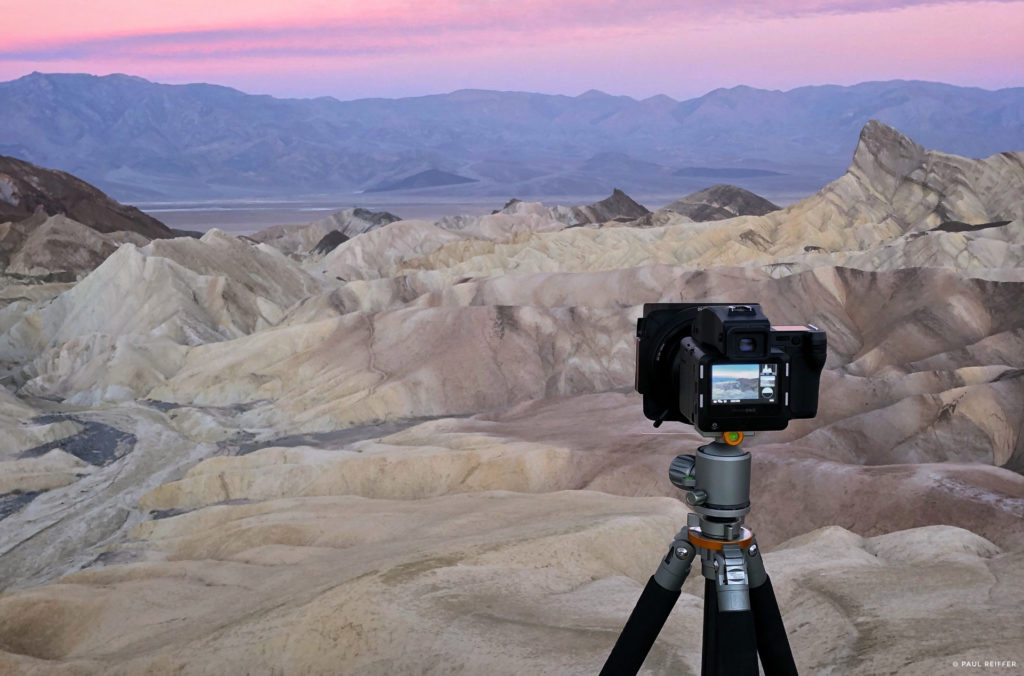Panoramic photography offers viewers a breathtaking visual experience, capturing expansive landscapes and cityscapes in stunning detail. From ancient origins to modern techniques, this art form has evolved significantly, enabling photographers to convey the grandeur and scale of panoramic vistas.
Historical Roots of Panoramic Photography
The roots of panoramic photography trace back to the early 19th century when artists and inventors sought ways to depict wide vistas with a sense of realism. Painters initially created panoramic views by painting on curved surfaces to simulate a wide-angle perspective. However, it was not until the invention of the camera that panoramic photography became feasible.
Early Techniques and Innovations
The first practical attempts at panoramic photography involved specialized cameras and techniques. One notable innovation was the creation of the Daguerreotype in 1839 by Louis Daguerre, which enabled photographers to capture wide-angle views with improved clarity and detail. Throughout the 19th and early 20th centuries, panoramic cameras and techniques continued to evolve, including the use of swing-lens cameras and rotating panoramic heads.
Advancements in Modern Panoramic Photography
In the digital age, panoramic photography has undergone a revolution. Digital cameras and advanced software now allow photographers to seamlessly stitch multiple images together to create panoramic views with unprecedented clarity and resolution. High dynamic range (HDR) imaging techniques further enhance the depth and vibrancy of panoramic photographs, capturing details in both shadowed areas and highlights.
Techniques and Equipment
Creating a captivating panoramic photograph requires careful planning and technical skill. Photographers often use wide-angle lenses or specialized panoramic heads to minimize distortion and ensure consistent exposure across multiple frames. Software tools such as Adobe Photoshop and PTGui facilitate the stitching process, aligning images precisely and blending them seamlessly to create a cohesive panorama.
Applications and Uses
Panoramic photography finds applications across various fields. In tourism and marketing, panoramic images attract visitors by showcasing scenic destinations and architectural marvels in immersive detail. Real estate professionals use panoramic photography to provide prospective buyers with comprehensive views of properties, enhancing marketing efforts. Additionally, panoramic images are valuable in environmental monitoring and conservation efforts, documenting landscapes and ecosystems over time.
Artistic Expression and Creativity
Beyond technical prowess, panoramic photography offers artists a canvas for creative expression. Photographers experiment with composition, lighting, and perspective to evoke emotions and convey a sense of place. Panoramic images can evoke a sense of awe and wonder, transporting viewers to distant landscapes or bustling city streets with remarkable fidelity.
Challenges and Considerations
While modern technology has streamlined the process of creating panoramic photographs, challenges remain. Environmental factors such as changing light conditions and moving subjects require careful planning and timing. Additionally, achieving consistency in exposure and color balance across multiple frames can be demanding, necessitating meticulous attention to detail during both shooting and post-processing.
Future Trends and Innovations
Looking ahead, advancements in virtual reality (VR) and augmented reality (AR) are expanding the possibilities for panoramic photography. VR panoramic images offer viewers immersive experiences, allowing them to explore environments as if they were physically present. As technology continues to evolve, panoramic photographers are poised to push the boundaries of creativity and innovation further, capturing and sharing panoramic vistas in ways that engage and inspire audiences worldwide.
Conclusion
In conclusion, panoramic photography stands as a testament to human creativity and ingenuity, allowing us to capture and share the beauty of our world in extraordinary detail. From its humble origins to its current digital incarnation, panoramic photography continues to evolve, enriching our visual culture and expanding our appreciation for the vastness and diversity of landscapes and cityscapes around the globe. As photographers harness the power of technology and artistic vision, panoramic images will undoubtedly remain a timeless art form, captivating audiences for generations to come.
